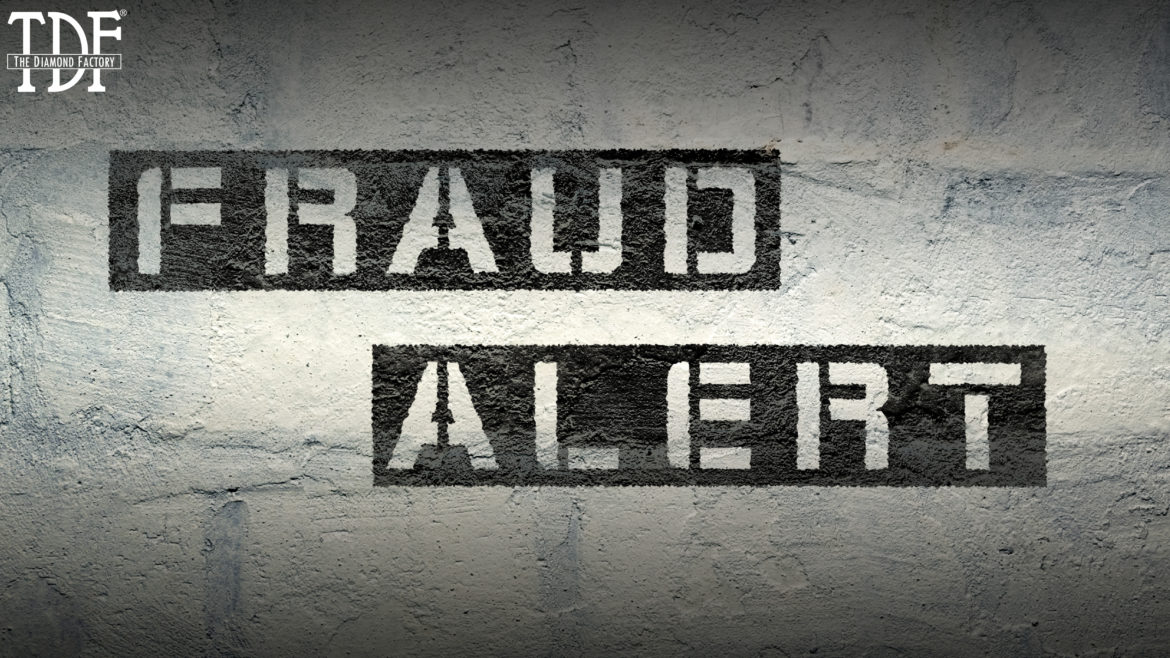Cheating practices in diamond Jewellery stores and Jewellery Shops have become quite a common thing now. However, it is the customer’s duty to check for genuine jewelry before investing a huge amount of money. Let’s check some of the following cheating practices that you are unaware of.
Tampering of electronic weighing machine
Traders can tamper with the electronic weighing machine using the mode option button. With this, they can adjust the measures according to their convenience resulting in short delivery of over 100 grams out of each kilogram purchased in a shop. A shopkeeper can also dupe consumers by simply placing the weighing machine on an uneven surface, as accurate measurement can be obtained only if the machine is placed on a flat surface. Once calibrated, the machines should not be shifted to other locations in the shop as the weights displayed by the machines vary when they are moved. Many shopkeepers are seen placing their machines in their Jewellery stores and Jewellery Shops awkwardly either out of ignorance or intentionally.
Jewelry travails
The most frequent violation indulged by the jewelry shop owners is to include precious stone weight in the total gold weight. Customers have to check the bill thoroughly and ensure that the stone weight is deducted from the gold weight. Another way in which a customer is cheated by the shop owners is that he is charged for 22-carat gold even though the gold is of lesser value. “An ornament studded with diamonds is usually made with 18-carat gold, but jewelers charge customers for 22-carat gold.
Alteration of price tags
Several malls are altering price tags using price printing machines. Traders affix a new price sticker on the actual price label printed by the manufacturer and then offer discounts on the product to woo consumers. Traders dupe customers by selling the product as per the new price tag instead of the actual price as mentioned by the manufacturer and then claim that the customer stands to gain due to the huge discount being offered. It is also seen that shop owners often affix their own price labels on blank cartons. It is a punishable offense to alter the original MRP labels printed by the manufacturers.
Carat meters are not authenticated by the Bureau of Indian Standards, The devices cater to only surface testing, which can differ based on thickness,
The globally accepted method, including by BIS, is fire assay. Here, a part of the jewelry is melted and tested. Only a gram of jewelry with 91.6% of gold passes muster as 22-carat gold. A person selling or buying gold can demand this type of testing for a nominal fee. The marking is done using punches or a laser-marking machine.
The BIS website lists labs that provide hallmarking. “The All India Gems and Jewellery Trade Federation also lists labs. The BIS website lists labs that provide hallmarking. The All India Gems and Jewellery Trade Federation also lists labs in a locality and gives the current gold rate
Hallmarking cost varies. The price depends on your relationship with the jeweller.
Hallmark has long been used as a safeguard to buyers of gold and gold articles in many countries. Experts advise buyers and sellers of gold to insist on a hallmark because it guarantees the purity, or fineness, of jewellery. “If it is hallmarked, the mark on the jewellery is more authentic than paper (certificate) as the paper may relate to any other jewellery.
What to expect
Buyers usually return to sell to the same jeweller from whom they bought gold. But brace for a price short of expectation.“A jeweller’s price will be around 5-10% lower than that quoted in newspapers or websites because of labor costs involved,”
Retain the invoice
Retaining a record of the purchase from the Jewellery stores and Jewellery Shops is important while buying and selling gold jewellery. The invoice doubles as a record of gold purity. In case of doubt on the purity of gold, the retailer cannot contest the case after you produce an invoice.
![]()


